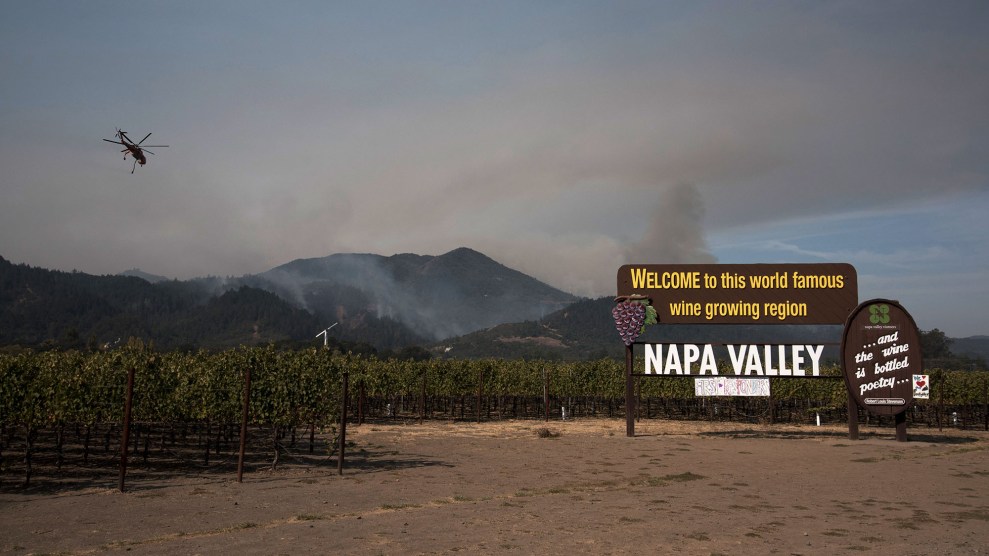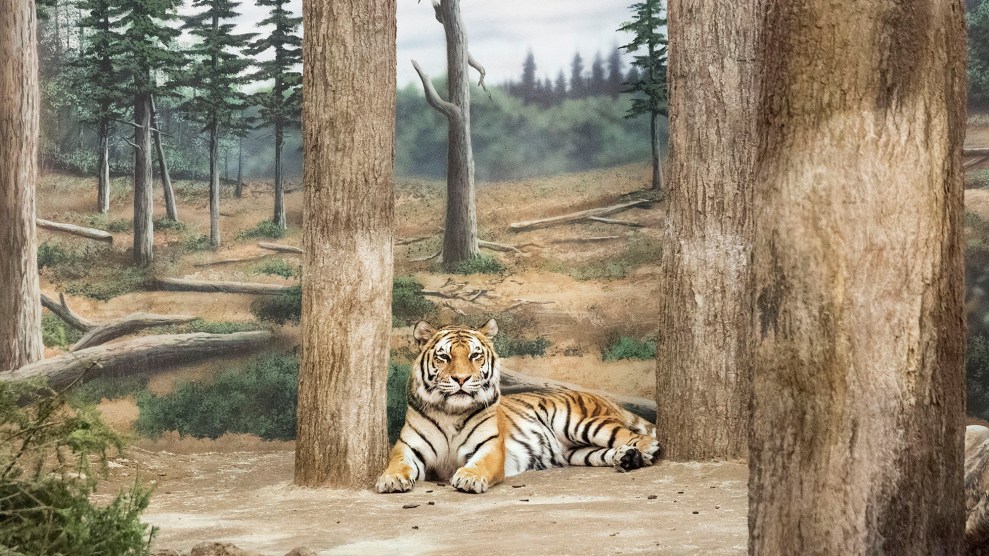The title of photographer Lucas Foglia’s third book, Human Nature (Nazraeli Press), lays bare the theme common to all his work—humans and their very complicated relationship with nature. Each project he’s photographed over the past six years explored, with growing depth, the increasingly complicated intersection of nature and us humans.
It’s a thinking person’s kind of photography. Yes, the photos are beautiful and nice to look at in magazines and in galleries. But Foglia’s work offers viewers much more when taken as a whole, when considered longer than it takes to blast past when scrolling through Instagram.

Kate in an EEG Study of Cognition in the Wild, Strayer Lab, University of Utah, Utah.
Lucas Foglia. Courtesy of Fredericks & Freiser Gallery
Foglia’s first book, A Natural Order (2012), was a somewhat simple start to his explorations, focusing on people who lived in the wild, subsisting solely on what nature provides. More than a project on back-to-the-land movements around the United States, it showed a deeply personal connection between humans and nature.
In his second book, Front Country (2014), Foglia accelerated his exploration of man and the environment by documenting the lives and work of those who rely on nature, but in a much different way than the wild humans of A Natural Order. In spending time with ranchers, miners, and environmentalists in the American West, Foglia revealed how these groups rely on each other and, despite their differences, sometimes work together.

Rachel Mud Bathing, Virginia.
His newest book, Human Nature, broadens this complicated narrative by presenting a series of vignettes about the relationship science, government, and individuals have with wilderness and nature. Thinking about how much time the average American spends indoors—93 percent of their lives, according to his book—Foglia stretched out in this body of work. He photographed around the world: programs that connect people with nature, climate scientists studying humans’ impact on the air, neuroscientists studying the benefits of time spent in the wild.

As Foglia puts it, these are “hopeful, positive stories of people finding solutions in government programs, working to understand nature and our connection to it.” Importantly, Foglia says he wanted to focus on “everyday nature, nuance,” and not disasters or extreme examples of nature: “It is the story of living with nature in a time of climate change and strange weather happening everywhere.”
The book itself it slightly understated and gorgeously printed, as Nazraeli Press books tend to be. But Foglia’s photography really sings when you can immerse yourself in the big, gorgeous prints. In larger formats, the photos carry so much subtly and beautiful detail that it’s a treat to get lost in them. Trust me: quick online bites don’t do them justice.
If you’re in New York, you can fully indulge yourself. The first US exhibition of Human Nature opens November 30 at Fredericks & Freiser Gallery, showing through January 13.
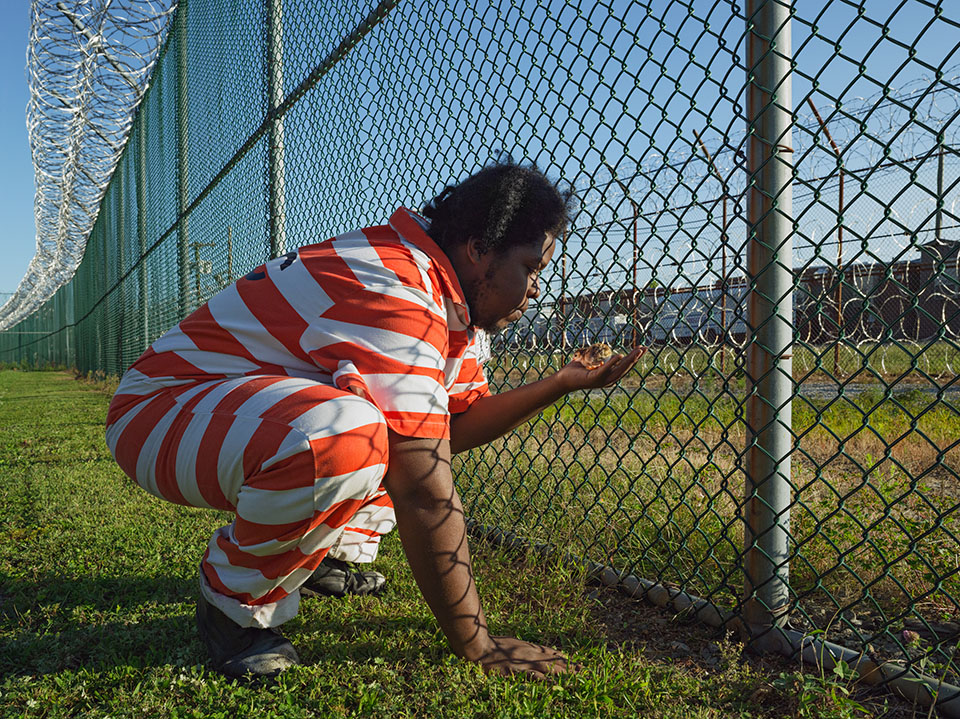
Troy Holding a Guinea Fowl Chick, GreenHouse Program, Rikers Island Jail Complex, New York.
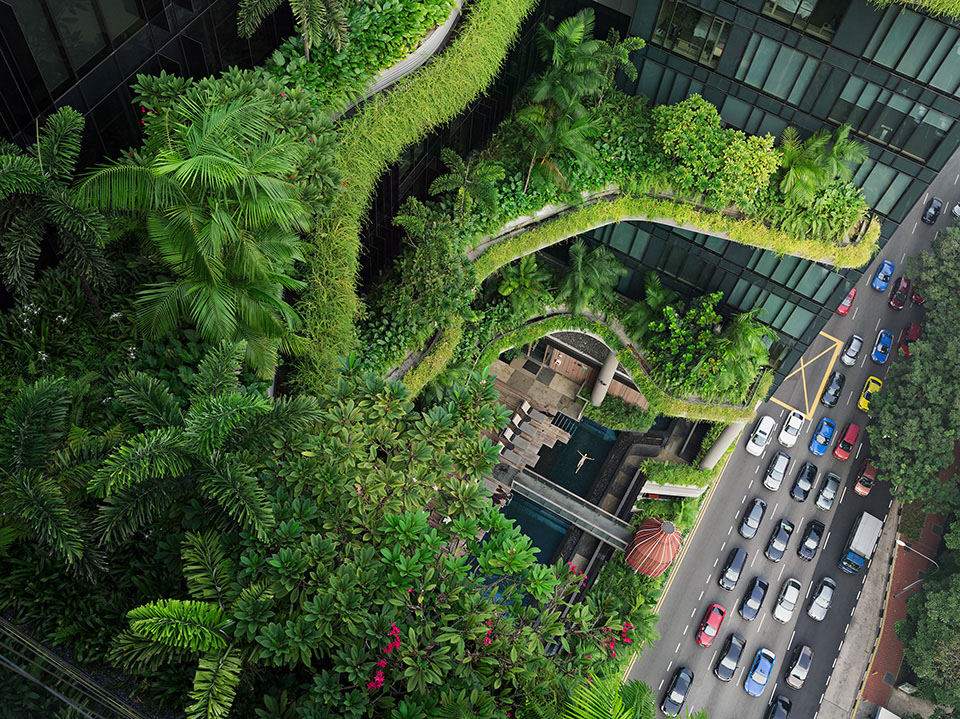
Esme Swimming, Parkroyal on Pickering, Singapore.
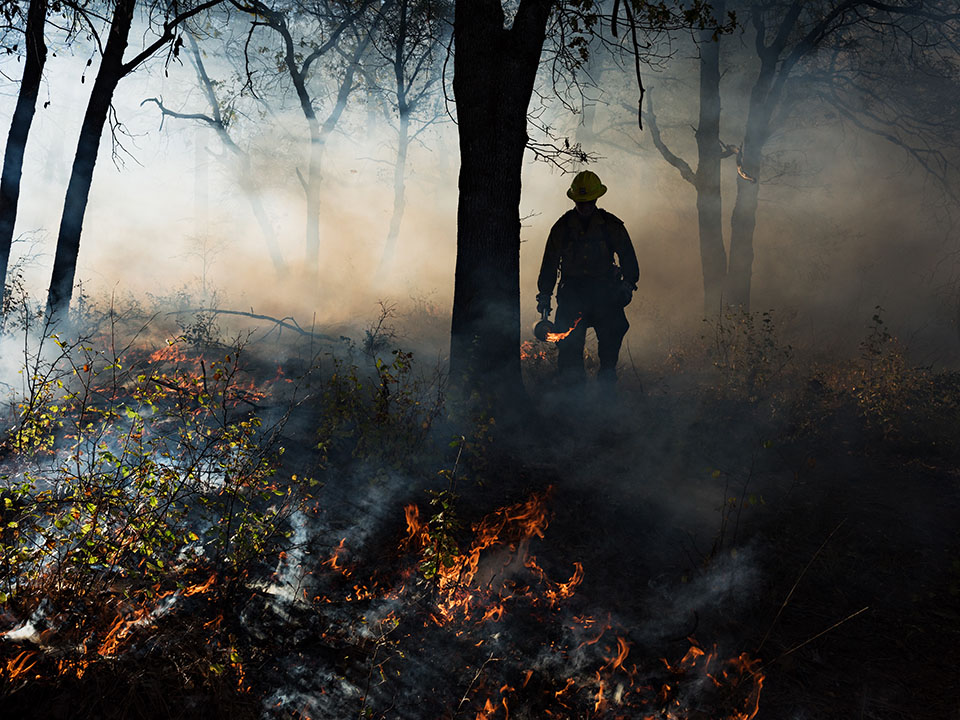
Jason Igniting a Controlled Burn, US Forest Service, California.
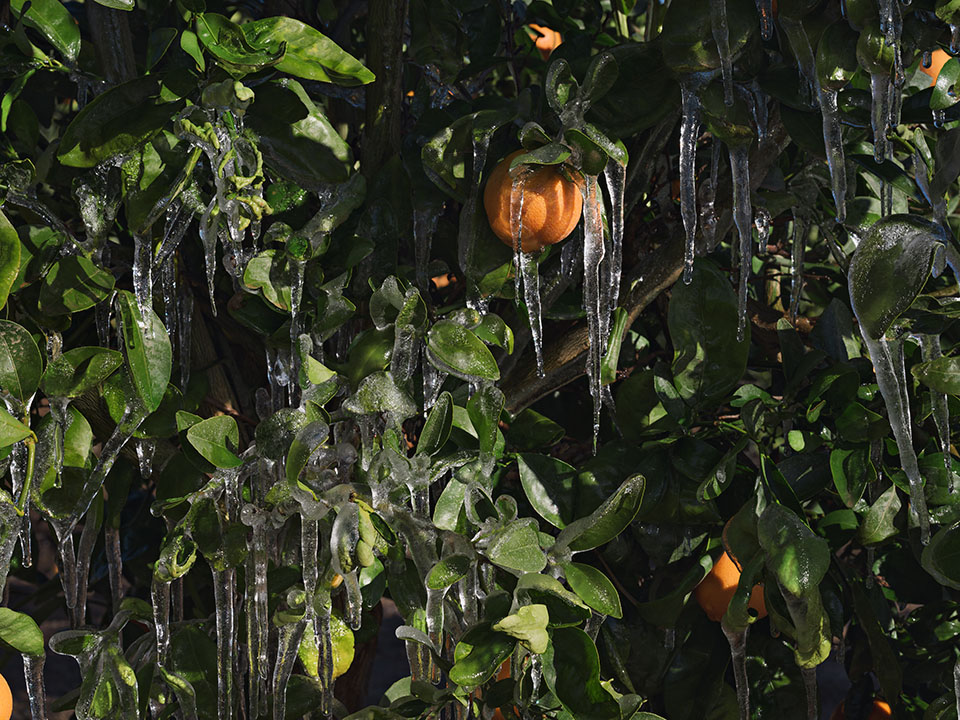
Ice to Protect Orange Trees from the Cold, California.

Air Sampling, Mauna Loa Observatory, National Oceanic and Atmospheric Administration, Hawai‘i.

Kenzie inside a Melting Glacier, Juneau Icefield Research Program, Alaska.
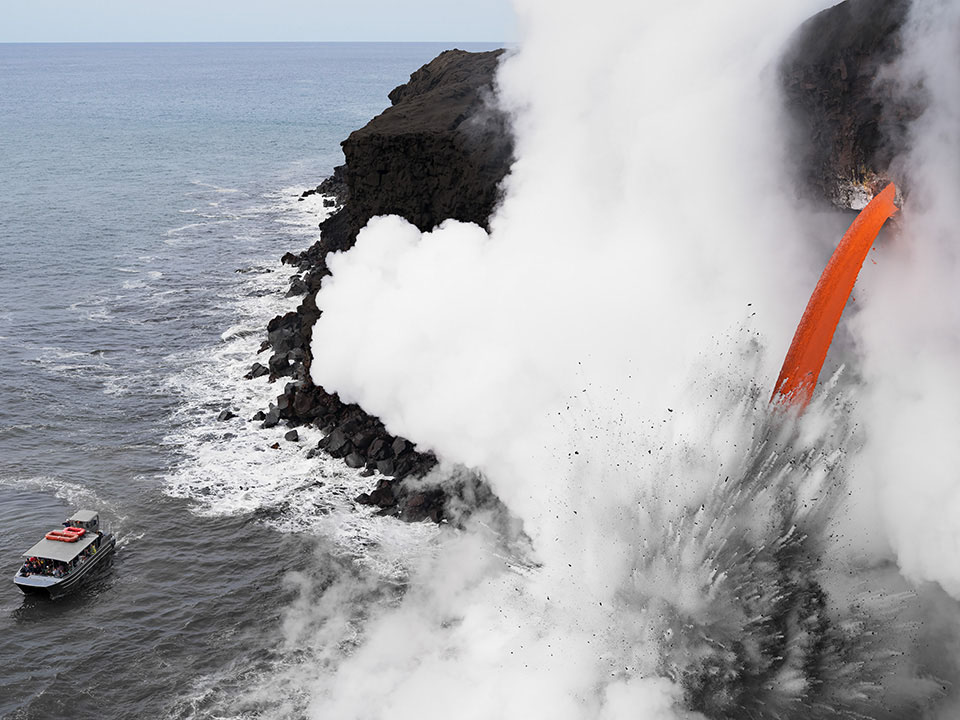
Lava Boat Tour, Hawai‘i.

